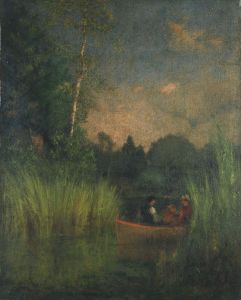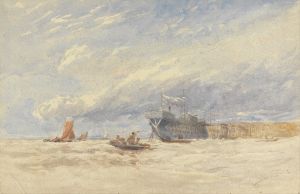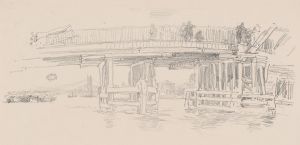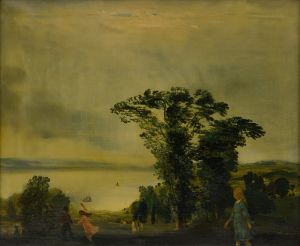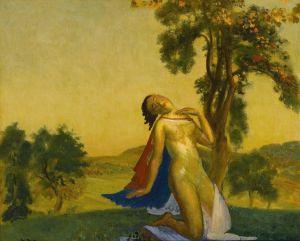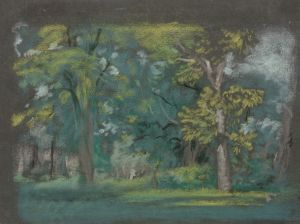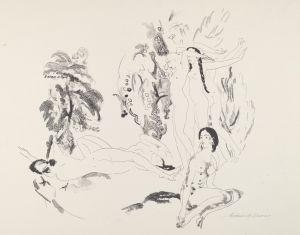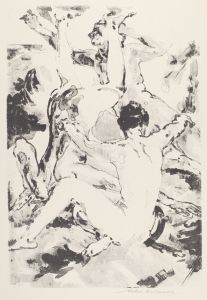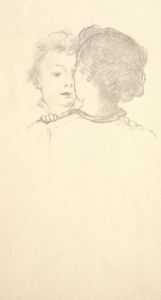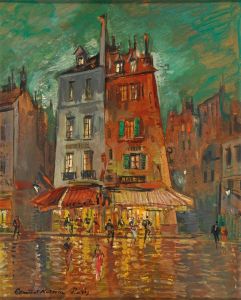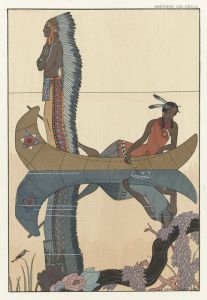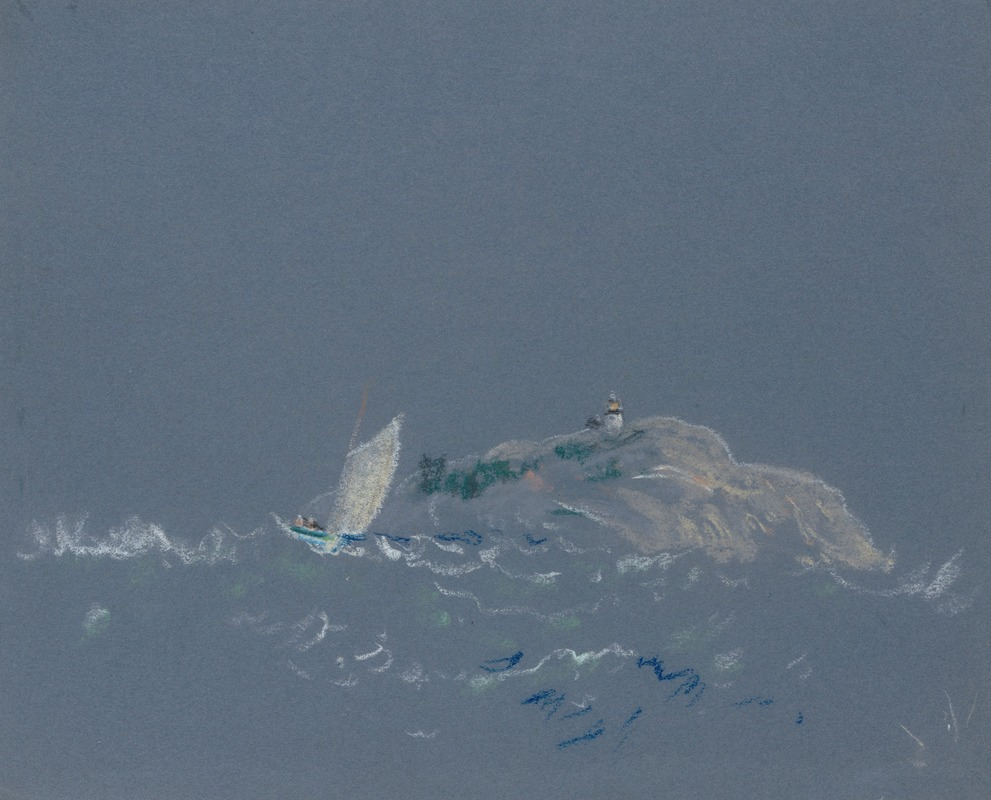
Bear Island Light
A hand-painted replica of Arthur Bowen Davies’s masterpiece Bear Island Light, meticulously crafted by professional artists to capture the true essence of the original. Each piece is created with museum-quality canvas and rare mineral pigments, carefully painted by experienced artists with delicate brushstrokes and rich, layered colors to perfectly recreate the texture of the original artwork. Unlike machine-printed reproductions, this hand-painted version brings the painting to life, infused with the artist’s emotions and skill in every stroke. Whether for personal collection or home decoration, it instantly elevates the artistic atmosphere of any space.
Arthur Bowen Davies was an American artist known for his contributions to the American modernist movement in the early 20th century. He was a prominent member of the group known as "The Eight," which played a significant role in the development of American art by challenging the academic standards of the time. Davies's work often combined elements of symbolism, romanticism, and modernism, and he was known for his ethereal and dreamlike compositions.
"Bear Island Light" is one of Davies's works, although specific details about this particular painting are scarce. Davies's oeuvre often included landscapes, figures, and allegorical themes, and he was known for his ability to blend reality with fantasy. His style was characterized by a soft, atmospheric quality, often employing muted colors and fluid forms to create a sense of movement and emotion.
Davies was born in Utica, New York, in 1862 and studied at the Art Institute of Chicago and the Art Students League of New York. His early work was influenced by the Hudson River School and the Barbizon School, but he gradually moved towards a more modernist approach. By the early 1900s, Davies had become a leading figure in the American art scene, known for his innovative techniques and visionary ideas.
In 1908, Davies played a crucial role in organizing the landmark exhibition of "The Eight" at the Macbeth Gallery in New York City. This exhibition was a pivotal moment in American art history, as it marked a departure from the conservative tastes of the National Academy of Design and embraced a more diverse and progressive approach to art. The exhibition included works by artists such as Robert Henri, John Sloan, and George Luks, and it helped pave the way for the development of modern art in America.
Davies's work was also featured in the famous Armory Show of 1913, which introduced American audiences to European avant-garde art movements such as Cubism, Fauvism, and Futurism. The Armory Show was a turning point in Davies's career, as it solidified his reputation as a leading modernist artist and exposed him to new artistic influences.
Throughout his career, Davies maintained a fascination with the mystical and the transcendental. His paintings often depicted idyllic landscapes inhabited by graceful figures, evoking a sense of harmony and otherworldliness. Despite his success, Davies remained a somewhat enigmatic figure, known for his reclusive nature and reluctance to engage with the commercial aspects of the art world.
Arthur Bowen Davies passed away in 1928, leaving behind a legacy of innovation and artistic exploration. His work continues to be celebrated for its unique blend of realism and fantasy, and his contributions to the American modernist movement remain significant. While specific information about "Bear Island Light" is limited, it can be appreciated within the broader context of Davies's artistic achievements and his impact on the evolution of American art.





